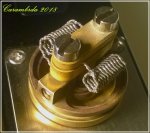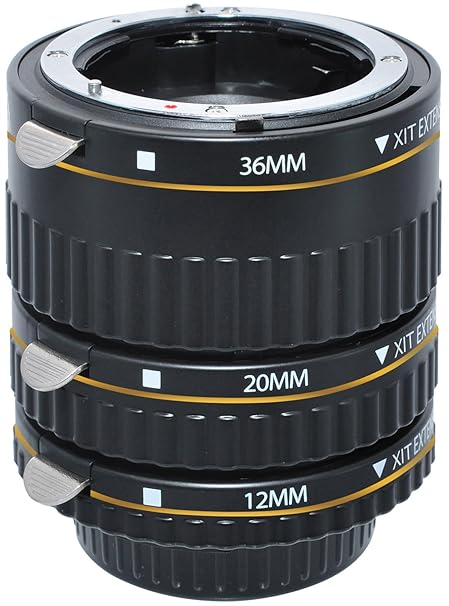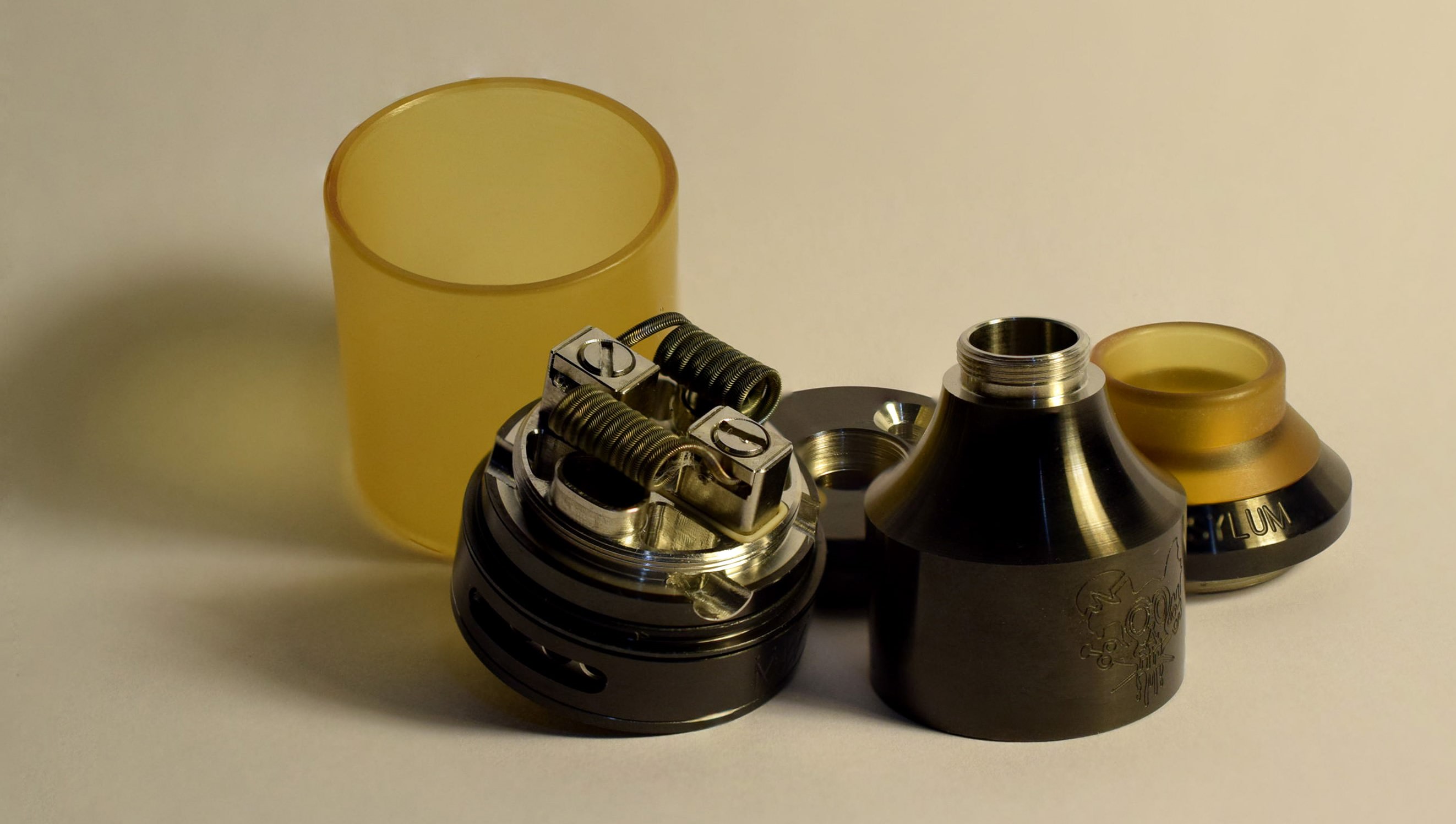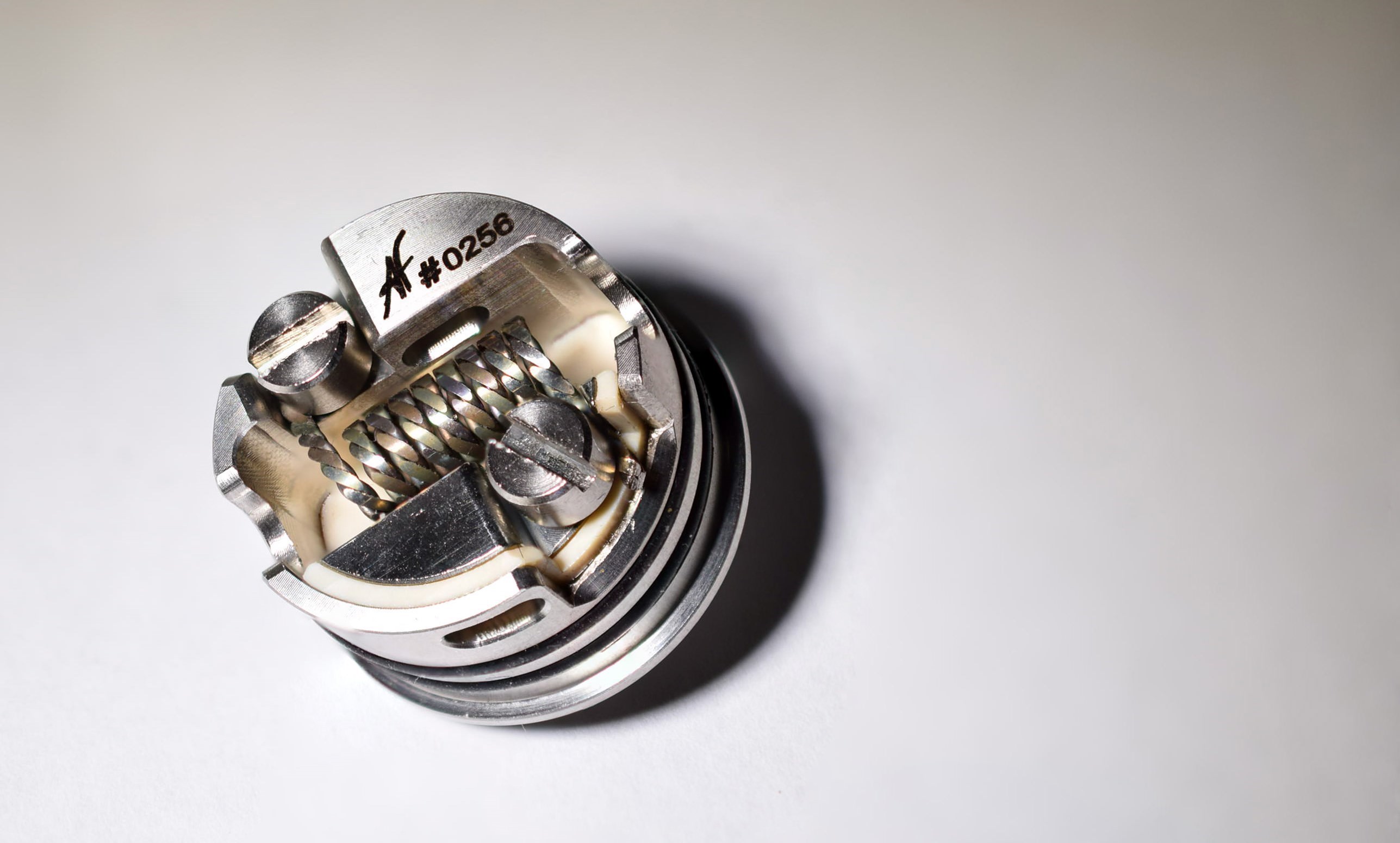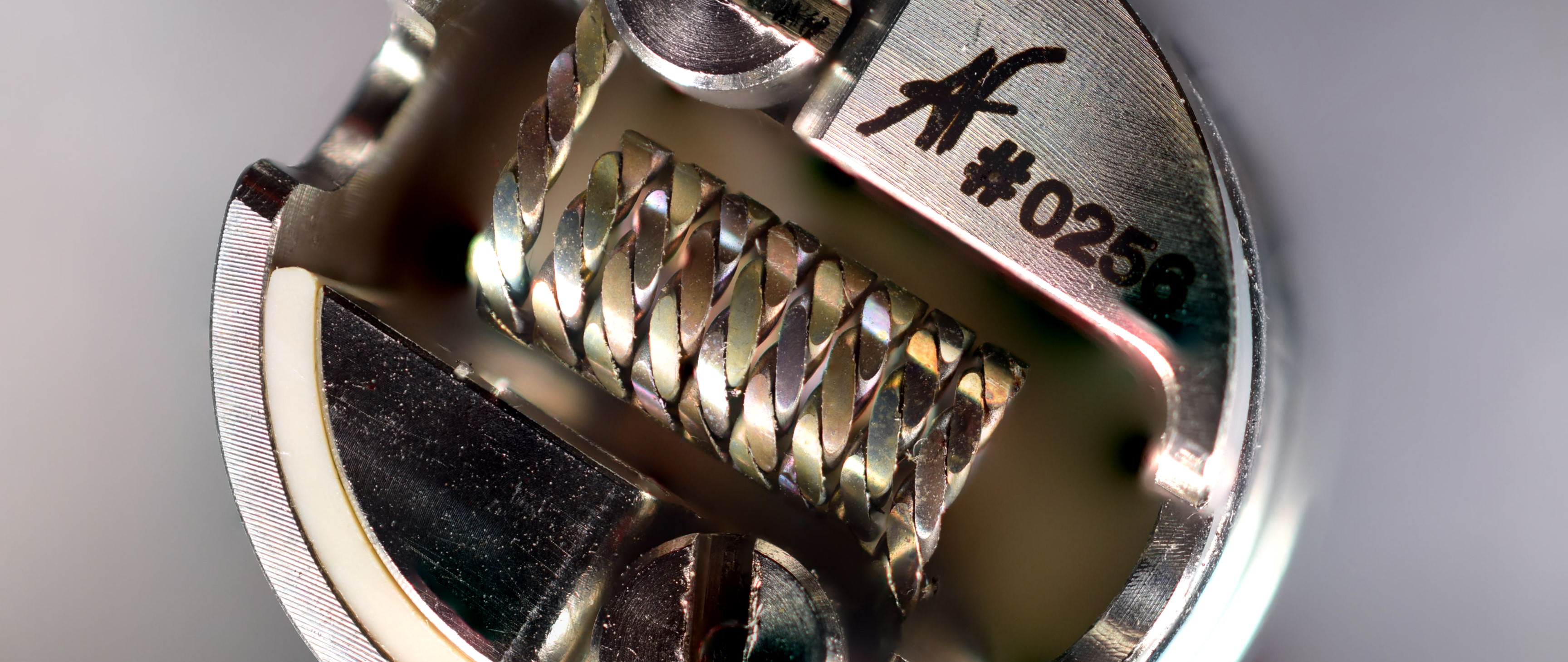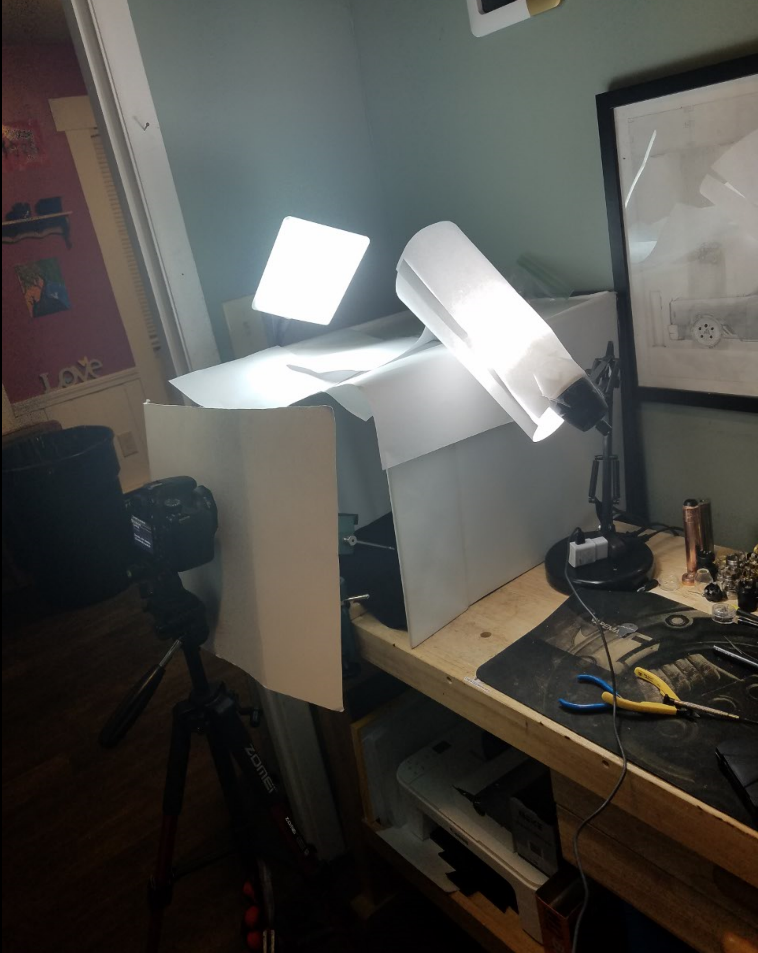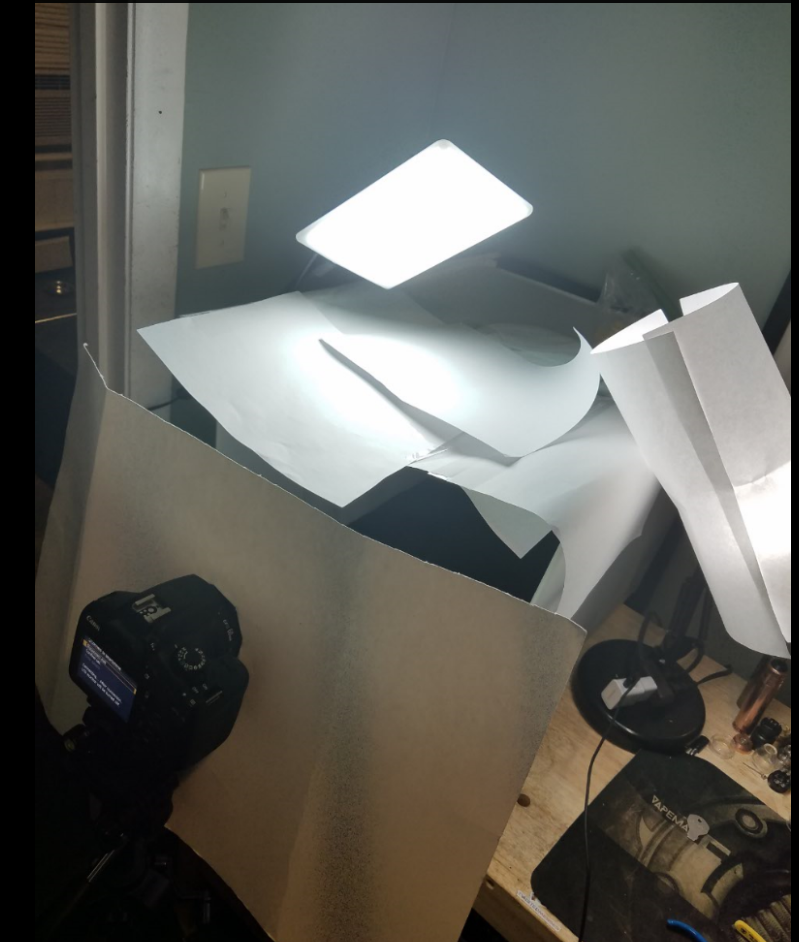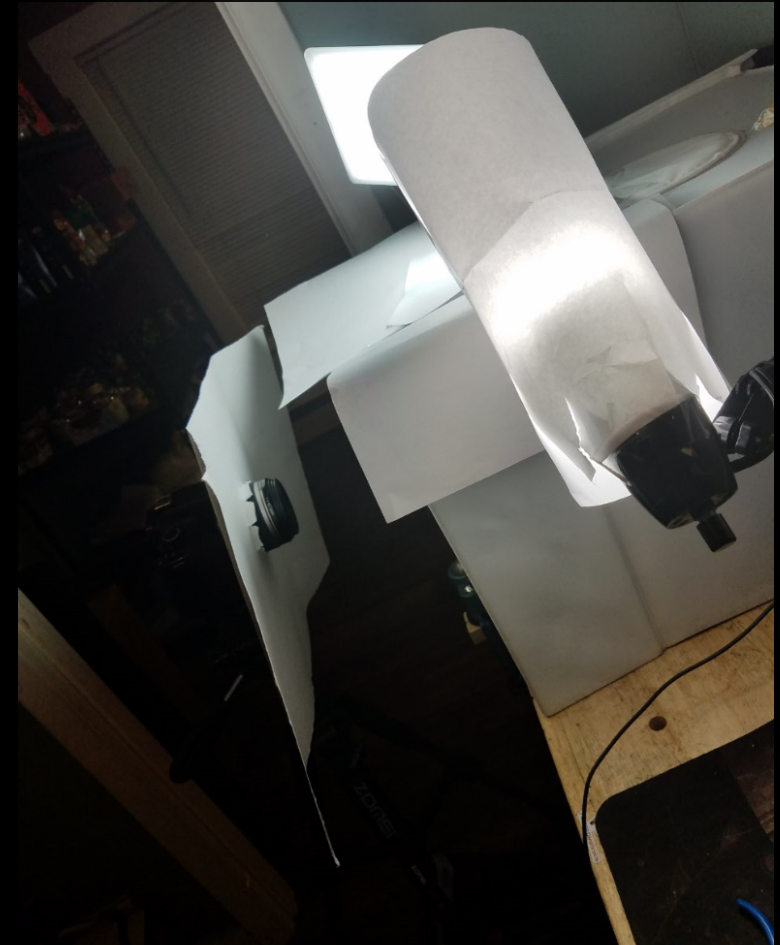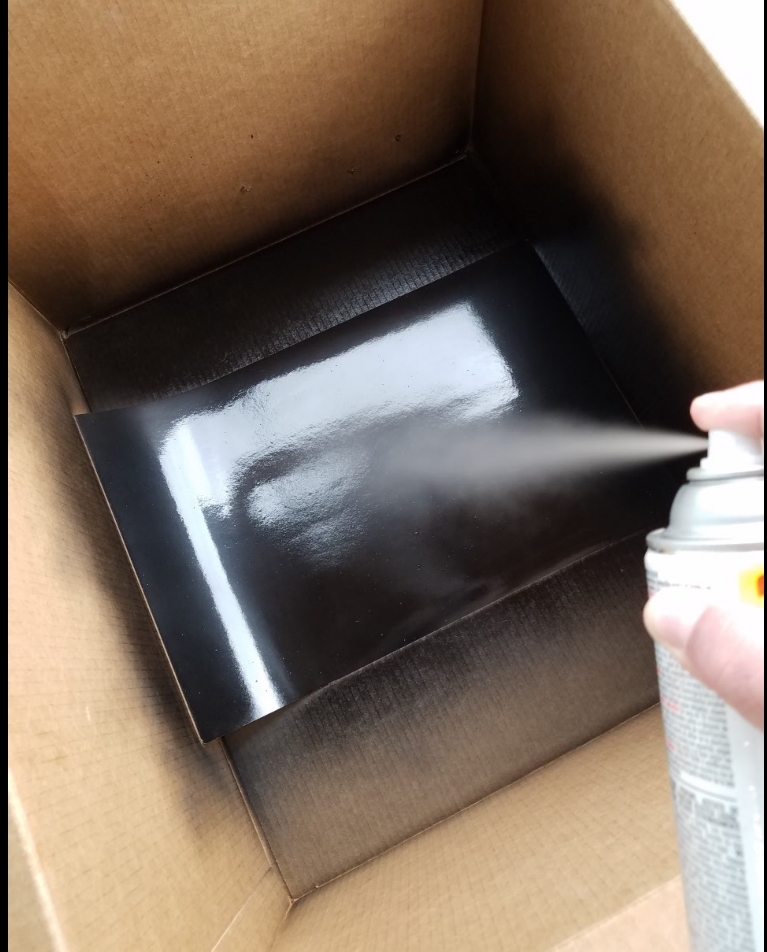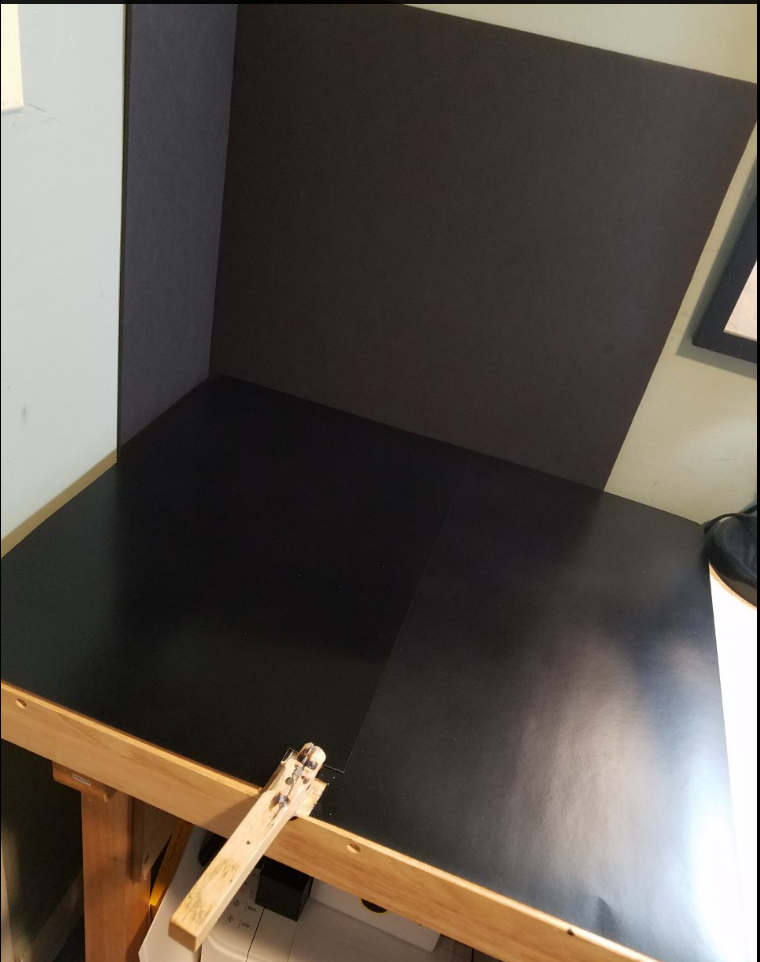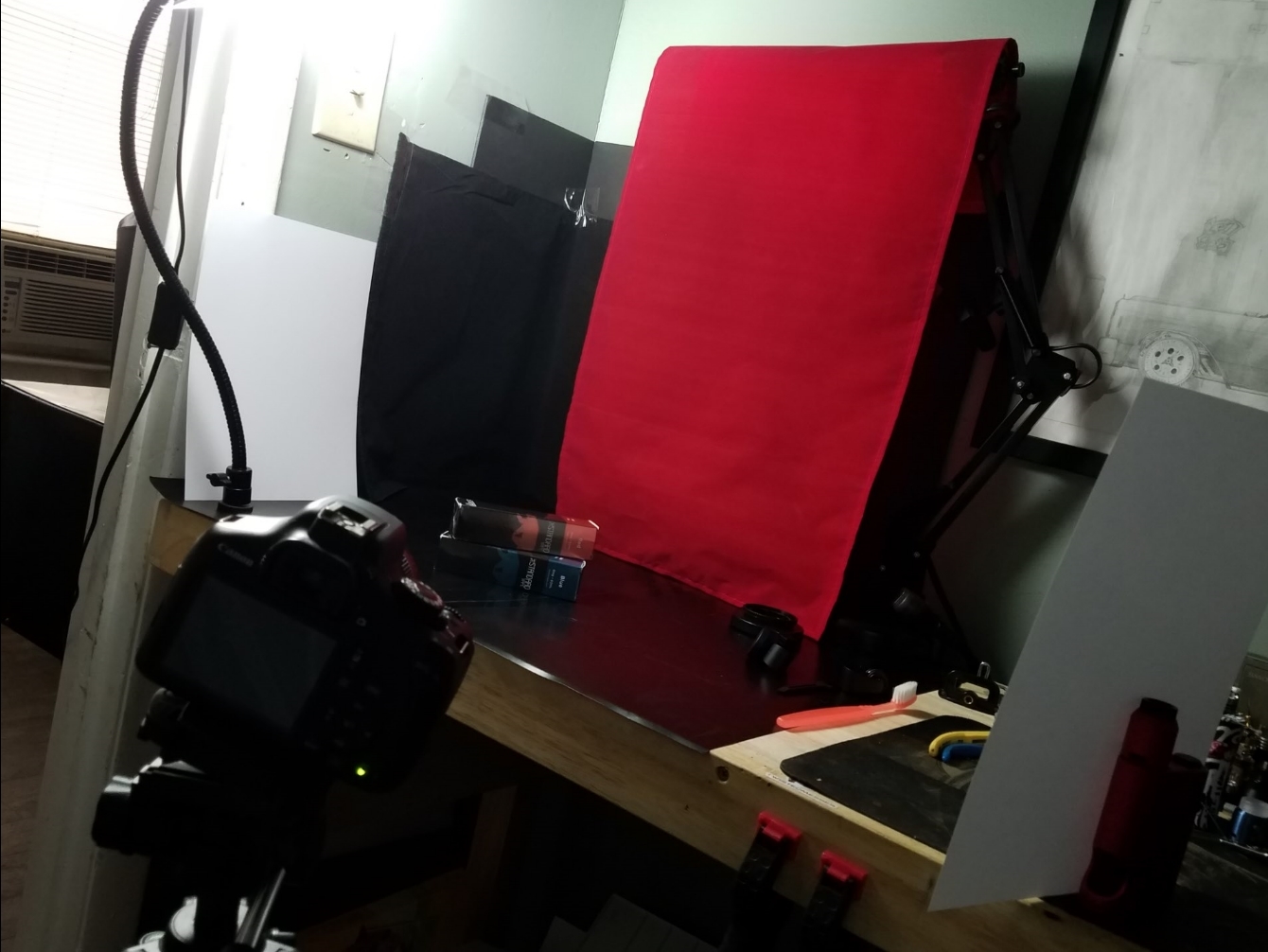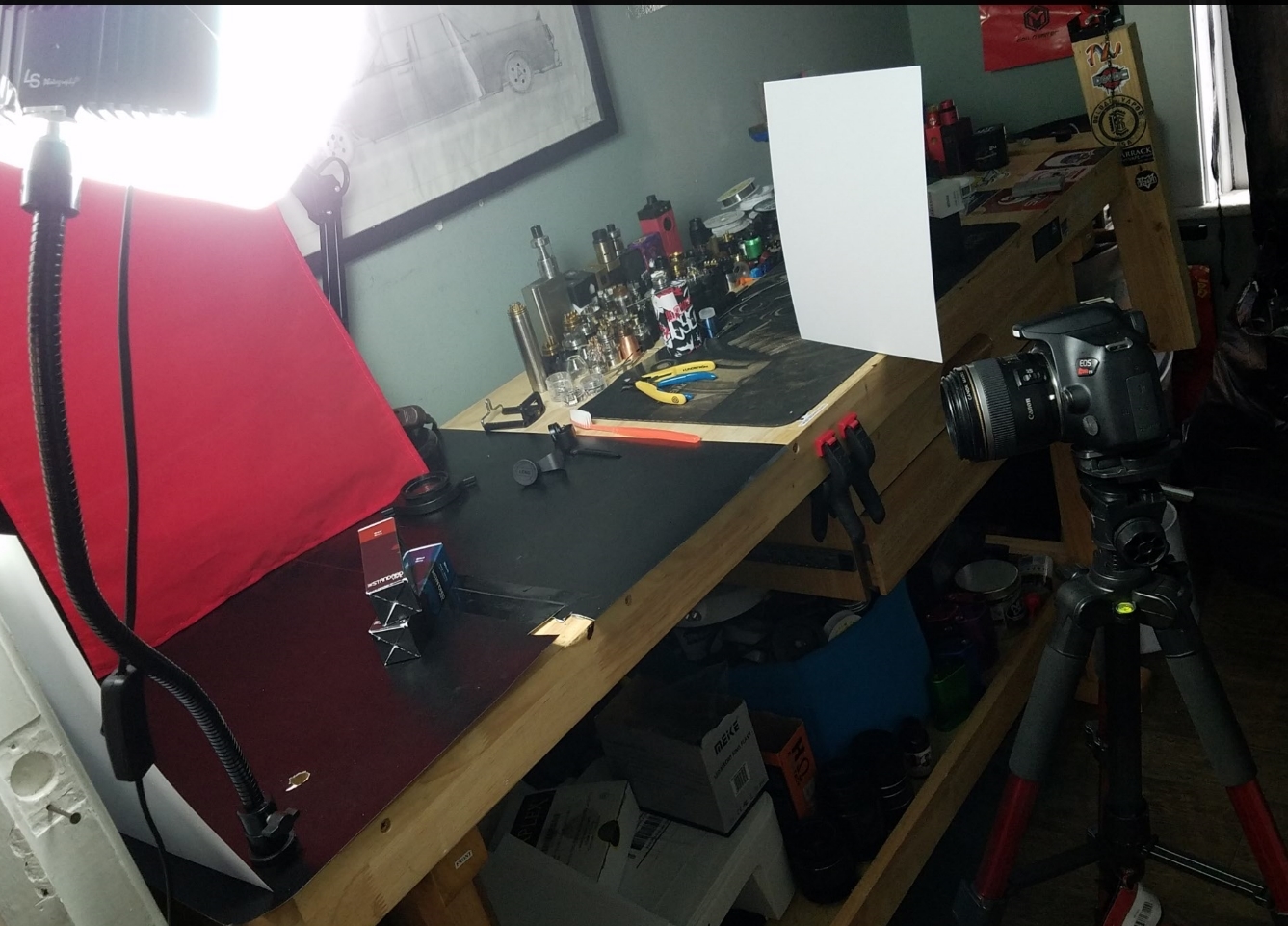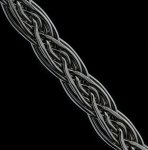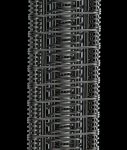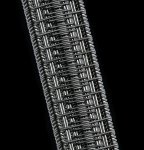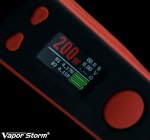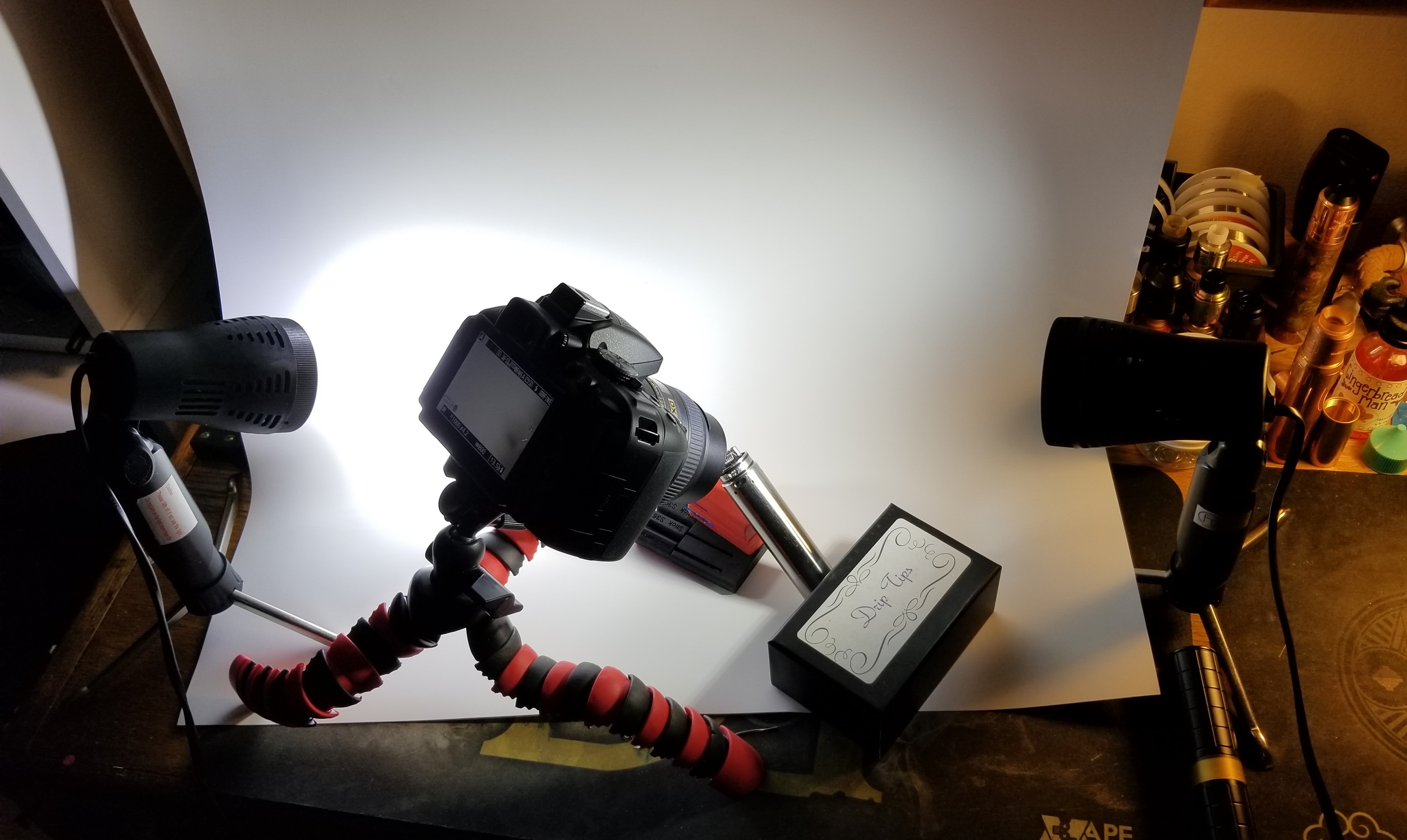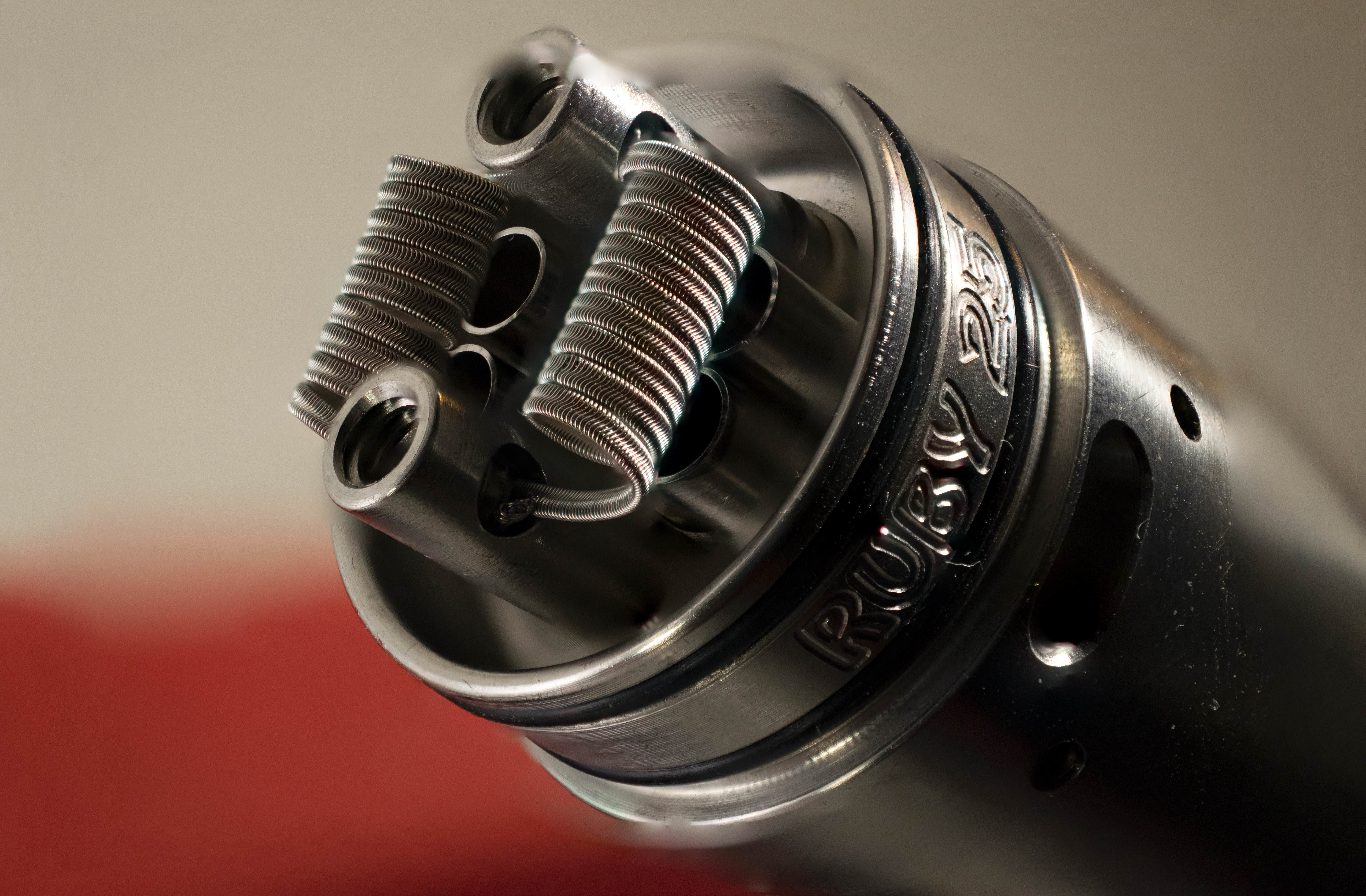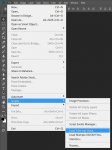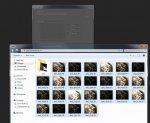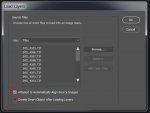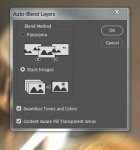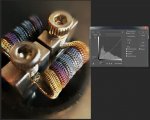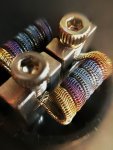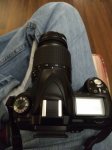Ill write up a good post about using both a normal phone and a camera for focus stacking and editing when I can. I will add to this post as I go...
For phones that Zomei 37mm was my personal favorite out of all the available lenses, it gives amazing depth of field per shot while still having great clarity for its super cheap cost.
Just a tip for those that want to dig a bit deeper and use a actual camera you can get a nice Canon T5i for really cheap now, I would get a dedicated macro lens like the Canon 60mm EF-s (the lens I use) or the Oshiro 60mm. I would check out Ebay and used Camera/Lenses and you can really get the cost down to start up and use it for much more then just coil photography. The Oshiro is full manual so you do all the focus stacking with a macro rail, the Canon EF-S you can use your phone to focus stack with Auto Focus (AF).
Make sure to Download a Focus Stacking Program like Helicon Focus or Photoshop. You will also want to have a Editing Program like Photoshop or Paint.net to fix small things like dust and scratches....this is where the most time is invested.
Rough List of everything Involved for basic shooting and rough cost estimate:
Camera and Lens (Depending on what you get, where you get it and its condition, price will differ.) but will use Canon as Example.
Canon T5i Body ($350 New)
Canon 60mm EF-S ($280 Used but Mint Condition)
Zomei Tripod ($30)
Decent Fabric Lightbox ($40)
5500K Lighting ($30)
Helicon Focus ($30 per Year)
Photoshop ($10 per Month with Creative Cloud)
32GB SD Card ($15)
It may seem like its alot but remember, this is a skill you can use to promote products for companies or yourself in the future, or find a million other uses for all of this besides this one outlet.
Canon T6 with 60mm EF-s Macro Lens ([F6.3/.08"] About 15 and 22 Images Stacked with Helicon and Edited with Photoshop). KTX V1.5 RDA by Myself and KingTu..
The closer you get to the subject your shooting the less depth of field your camera sees, you will need to take more shots the closer it is, your Fstop also plays a large role with Depth of field but I will get more into that later on. For the shots closer than this a extension tube or Raynox Clip on lens can be used but the more you add to magnify your subject the multiplier for shots needed for clarity goes up.
Focus Stacking is taking a shot of your subject with a sliver of it in focus, then moving the camera or adjusting the lens to shoot sliver by sliver until you have bits of a entire clear picture. You would then use Helicon Focus or another stacking program to merge all of these photos together and form one clean image.
You will want to learn how to use the Fstop and Shutter speed/ISO to get the lighting and detail you want, this seems very frustrating at first but once you get a grip on it it becomes second nature. The bigger the number the more is in focus per shot but your aperture closes down more so you will need to adjust the Shutter Speed or ISO to give you more light or the images will be darker the larger the number. For shooting in Macro most of the time I prefer a smaller number, a smaller number brings in more light to the sensor and gives you much more detail per shot but the depth of the focus per shot is very limited....but we are already shooting slivers at a time with macro so who cares..
So much Magnification you can see Atoms Fart.
Your settings will really be dialed in depending on your lighting, start off with ISO 100 and Fstop at F9 and then play with the Shutter speed to get it where you want the lighting to be, you will need to take a picture to actually see what your settings are doing. Once you find the settings you like then move on to shooting your subject.
If using the 60mm EF-S or other Lenses with AF (Auto Focus) you can download the app for your camera and use your phone to do all the work, this makes it a breeze and very very quick. You will set up the camera and subject how you want it, make sure its in the minimal lens focus distance and then put the closest edge in focus, take a shot. Then you will hit the >> arrow on the app, take another shot and repeat until everything has come and gone out of focus. Always shoot front to back and try not to double shoot, also try to keep the order correct-dont back track. Then pick a different angle and start again.
My LIghtbox/Lighting Setup:
After you have a few different angle eject your SD Card and Battery (always toss it on the charger after shooting) and pop your SD into the PC, open Helicon. Select all the images for the angle you want to stack, be sure to go through and delete all duplicates or blurry pictures, and find which stack setting you would like to use, I prefer Option B (Depth Map) with 12 Radius and 2 Smoothing. Depth map will put all the pictures in order (if you did mess up with shooting) and the pictures are always much more clear and vibrant then with the other options. Stack them and save them if there are errors try changing the options or settings and try again.
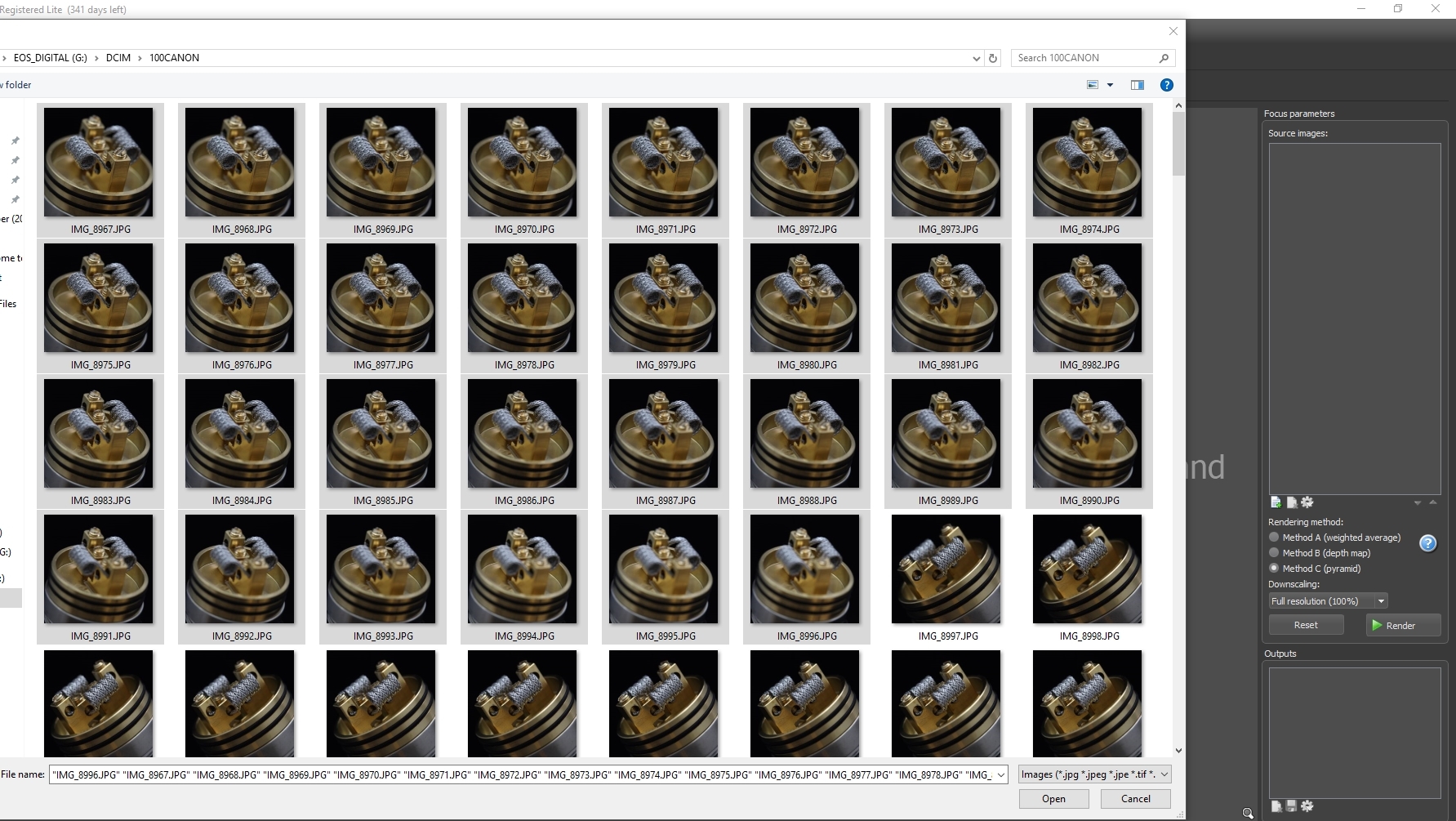
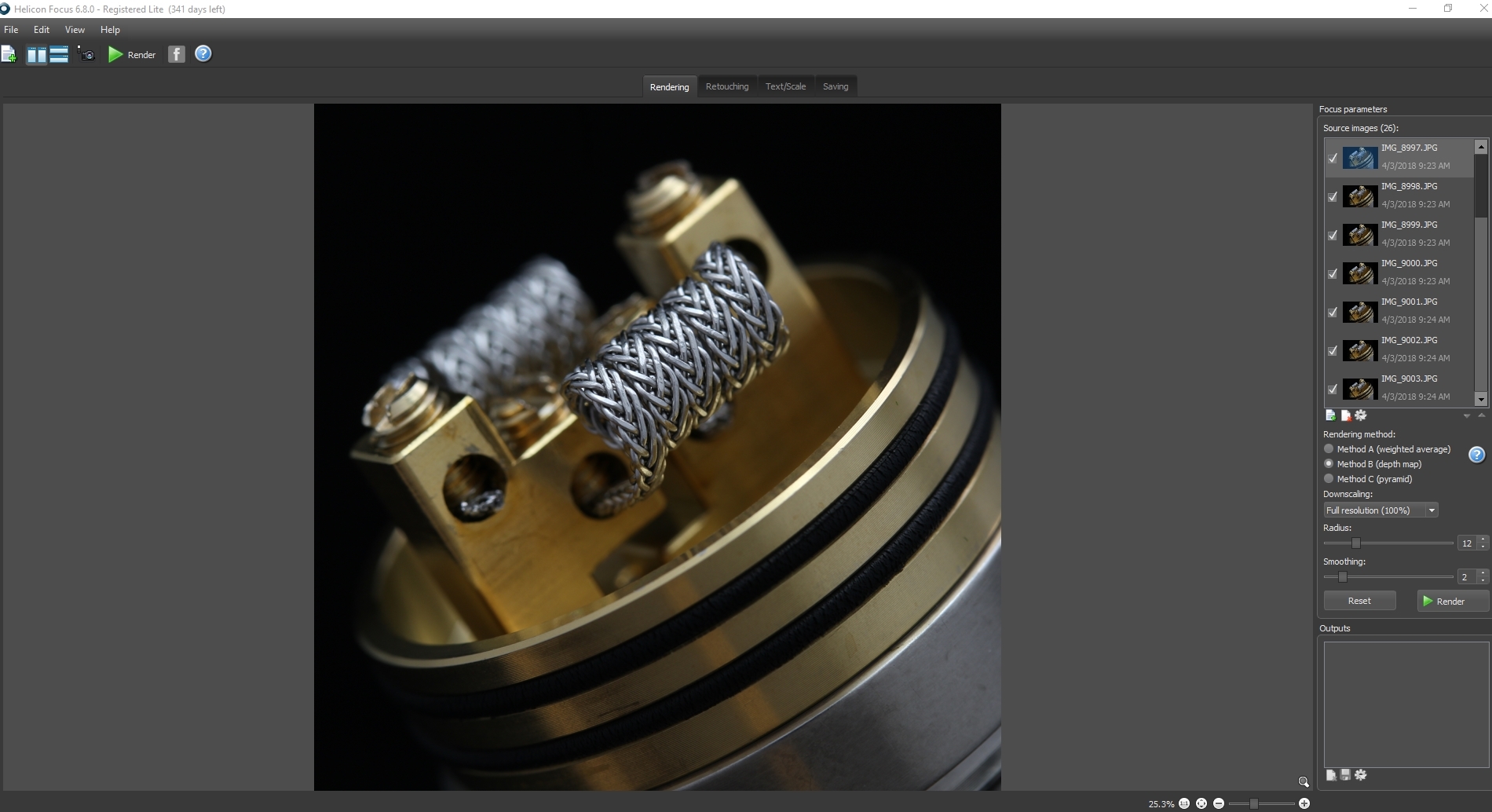
Once your done Stacking open up Paint.net or Photoshop/Lightroom and select your Pictures.I like touching up with some Contrast, Sharpening and then editing all the crap off the picture...but start with the Contrast and Sharpen, only add a few bumps of each and use your eye to be the judge of how much. At first this should be enough for a great looking picture but if your anal like me about pictures you will want to learn how to use the clone tool or select area and copy/paste to fix any issues your can. I like to select just beside the dust or scratch and then copy the small area and paste it over the issue, blend it as nice as you can.
Removing Scratch with Select Area and Copy/Paste using Paint.net
Then use a Black brush to black out the background but make sure to soften the brush as low as it can go so it doesnt look like it was done by you.
Before Editing and After:
After adding Logos or Watermarks and Cropping the Image you should have a half decent picture to post! Hopefully this helped you envision what I go through everyday to put out the pictures I post



I will be adding pictures and cleaning up this rough tutorial as soon as I can, thanks for reading!!


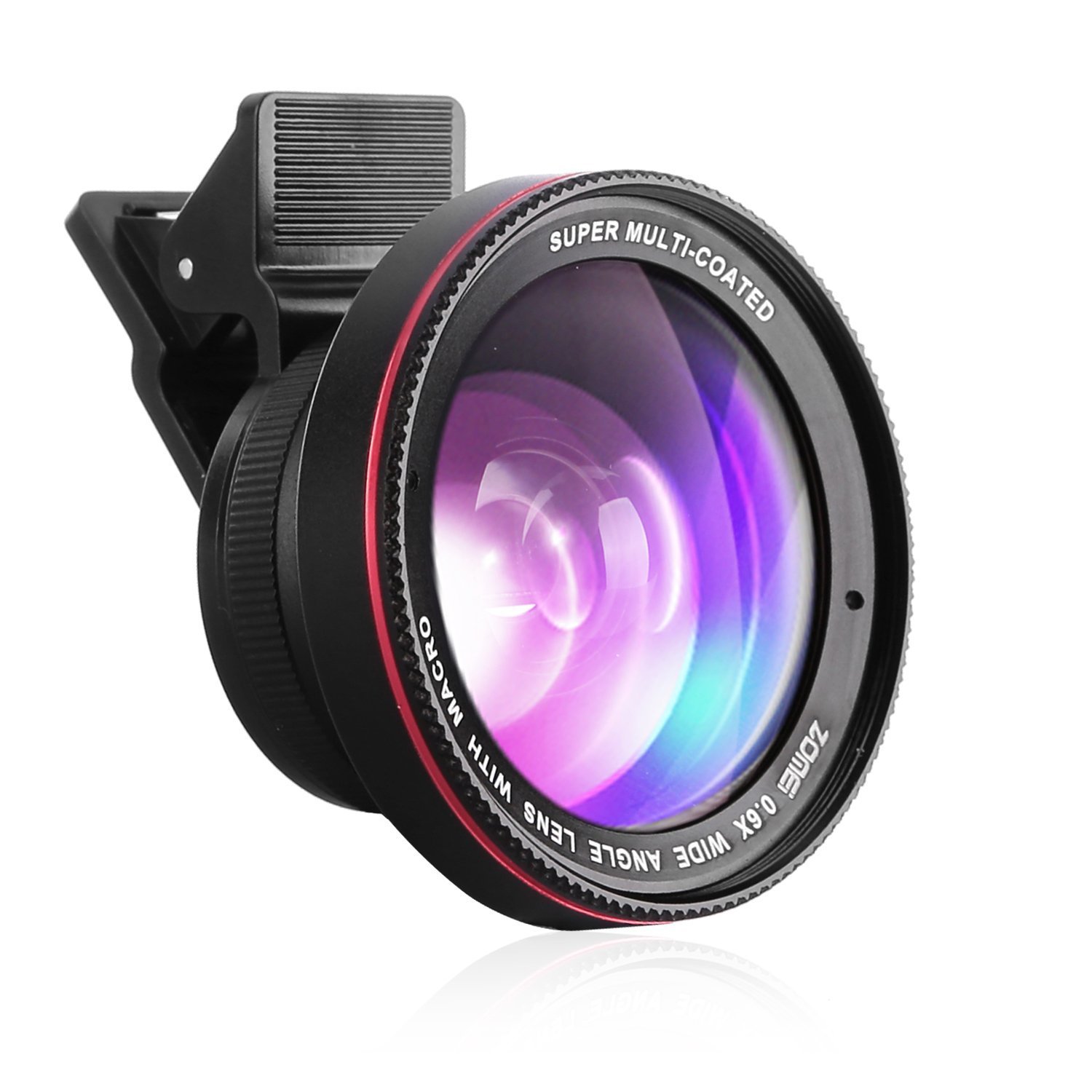


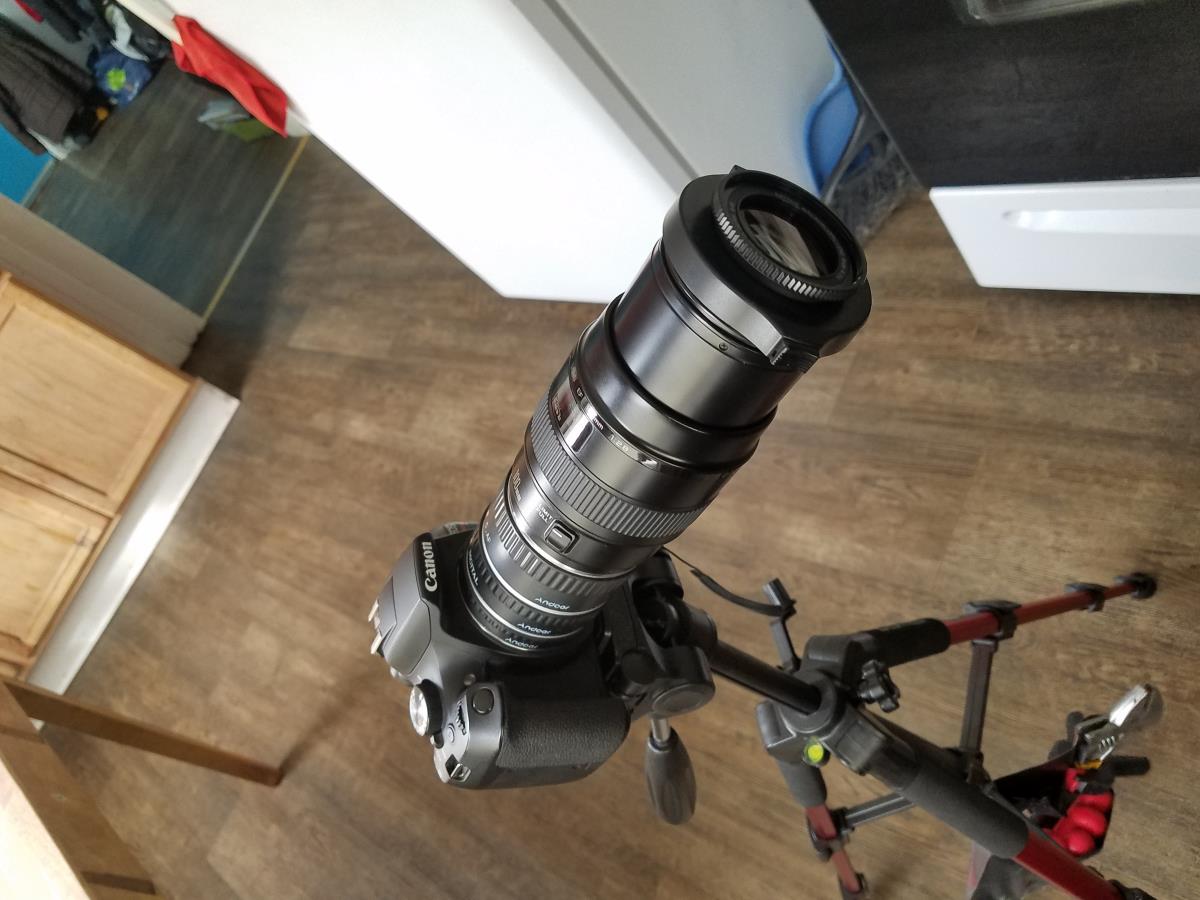
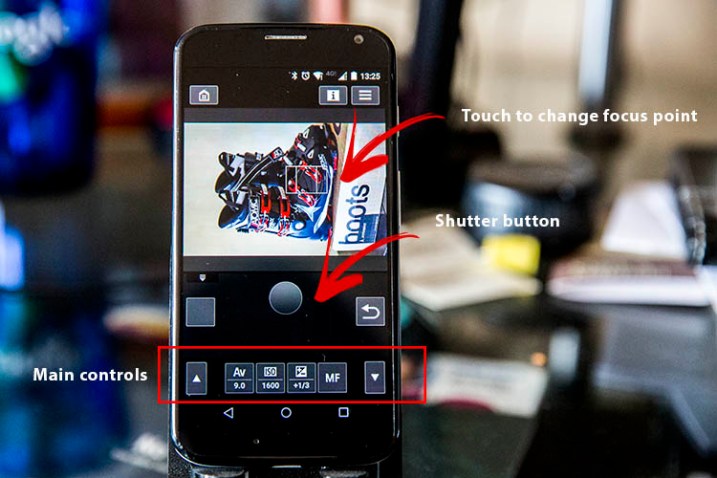
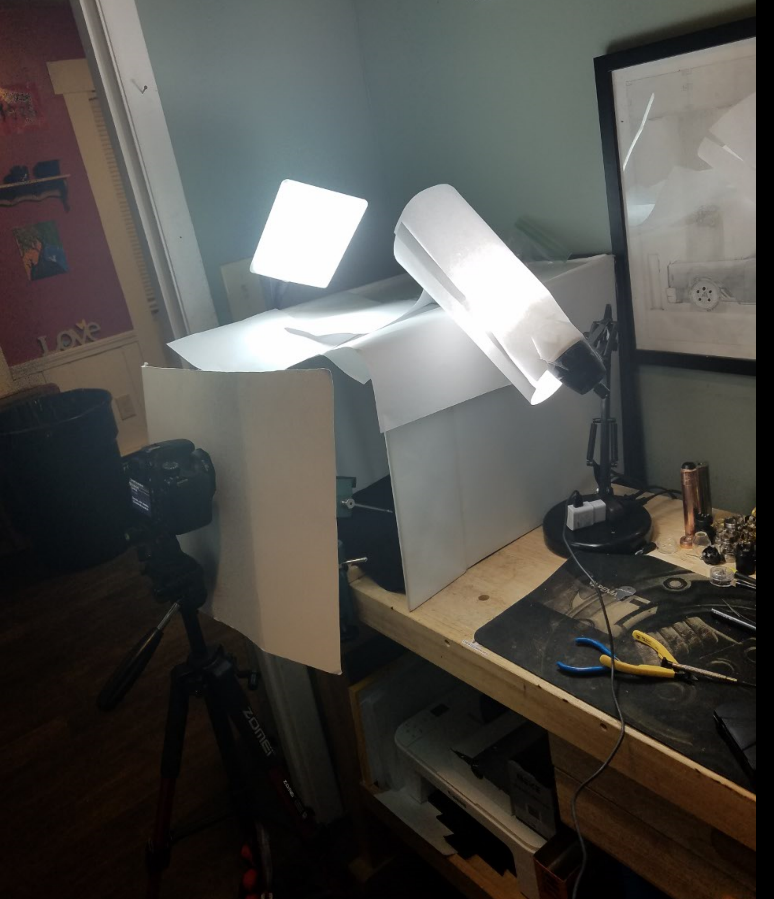
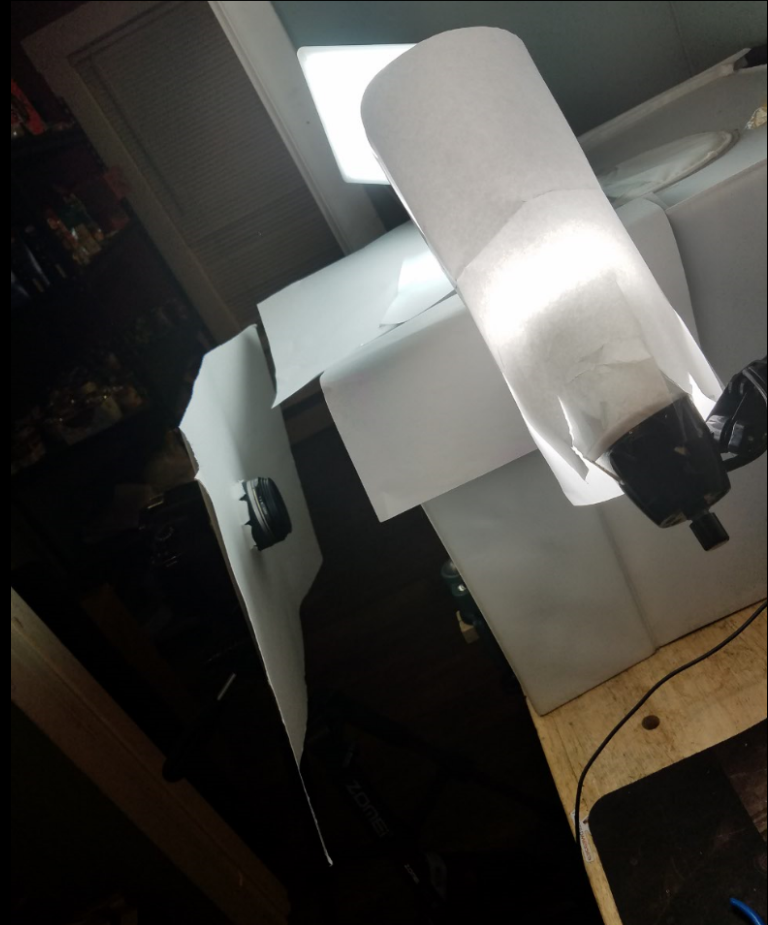


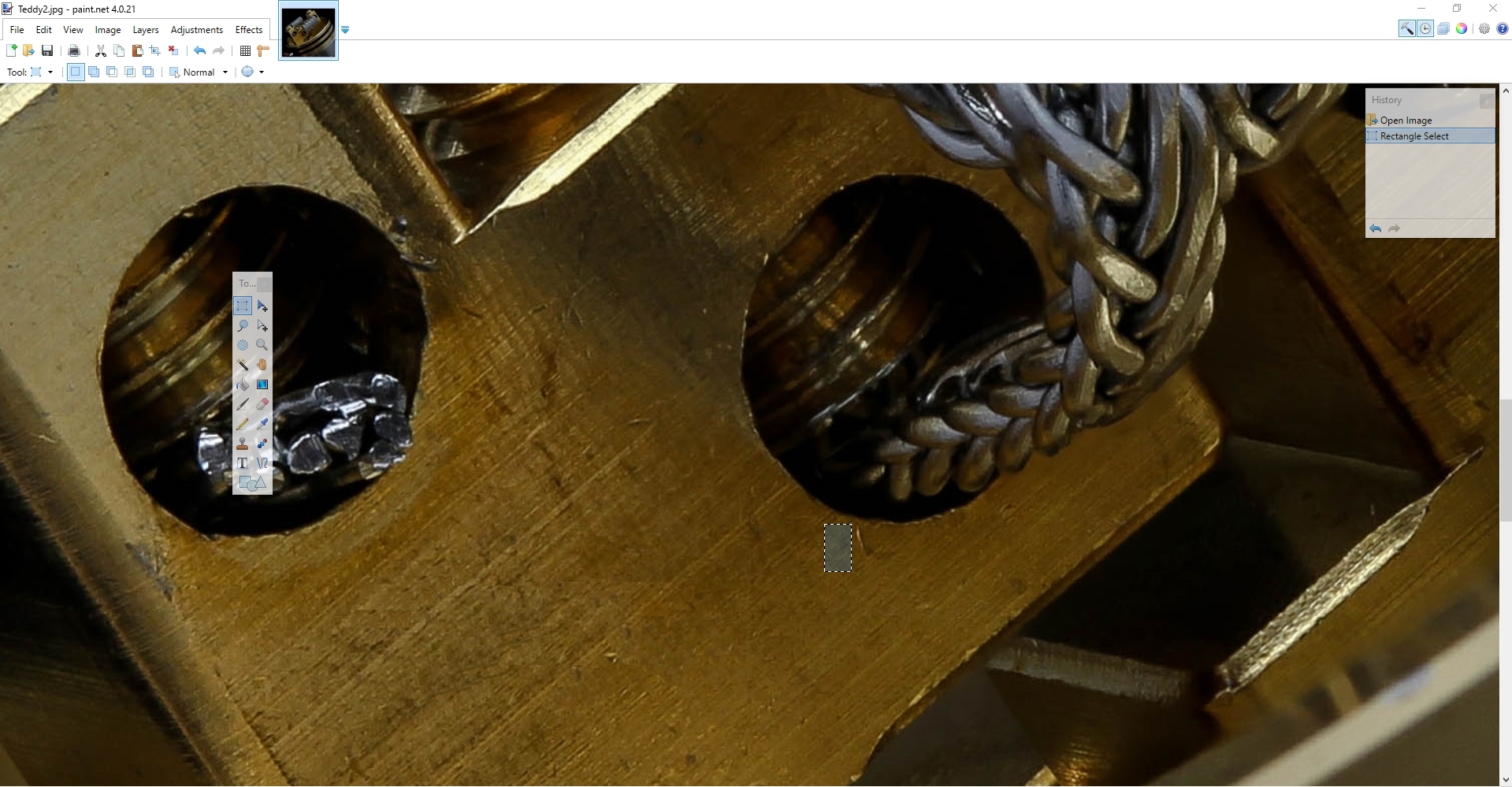
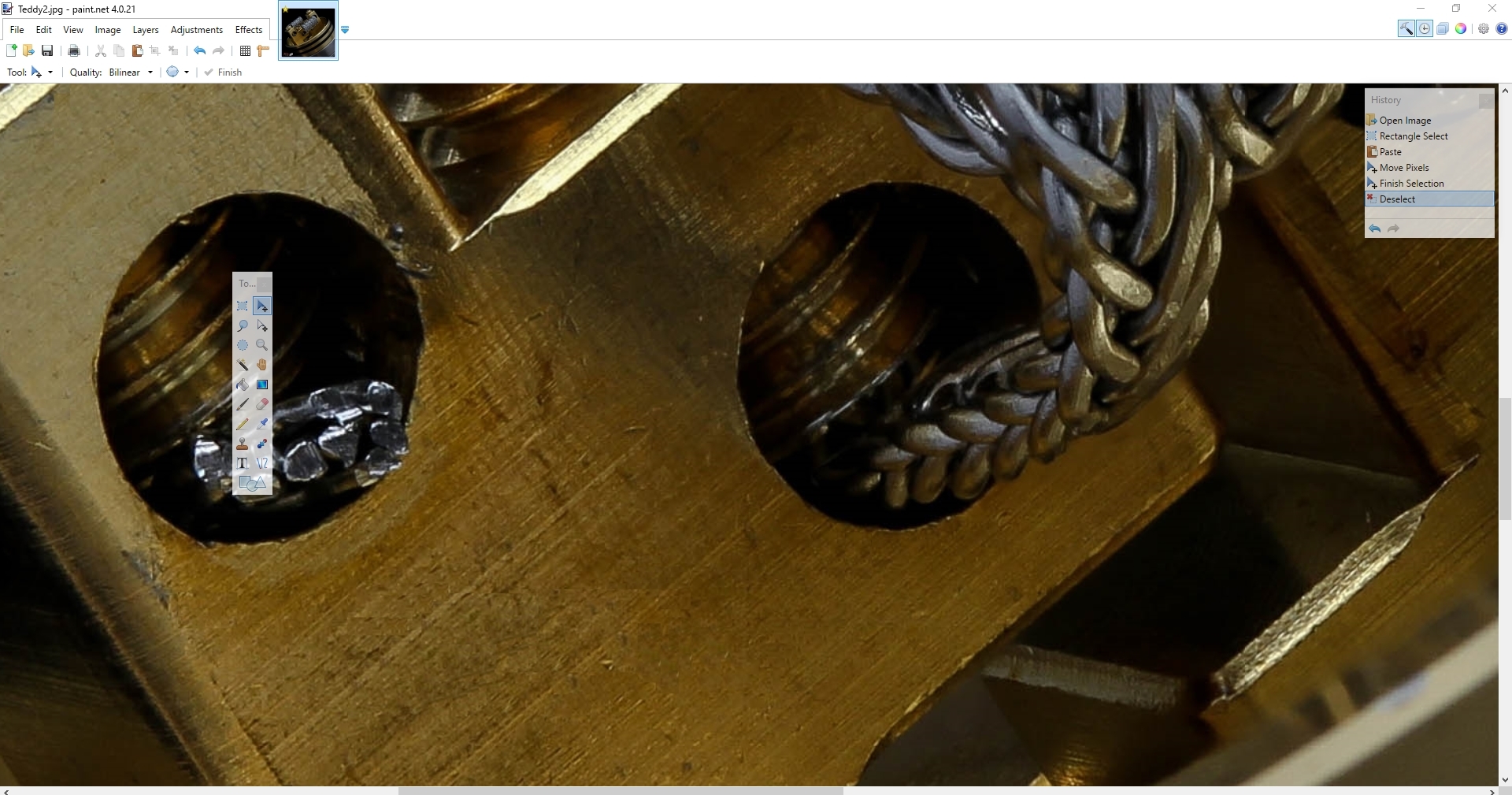
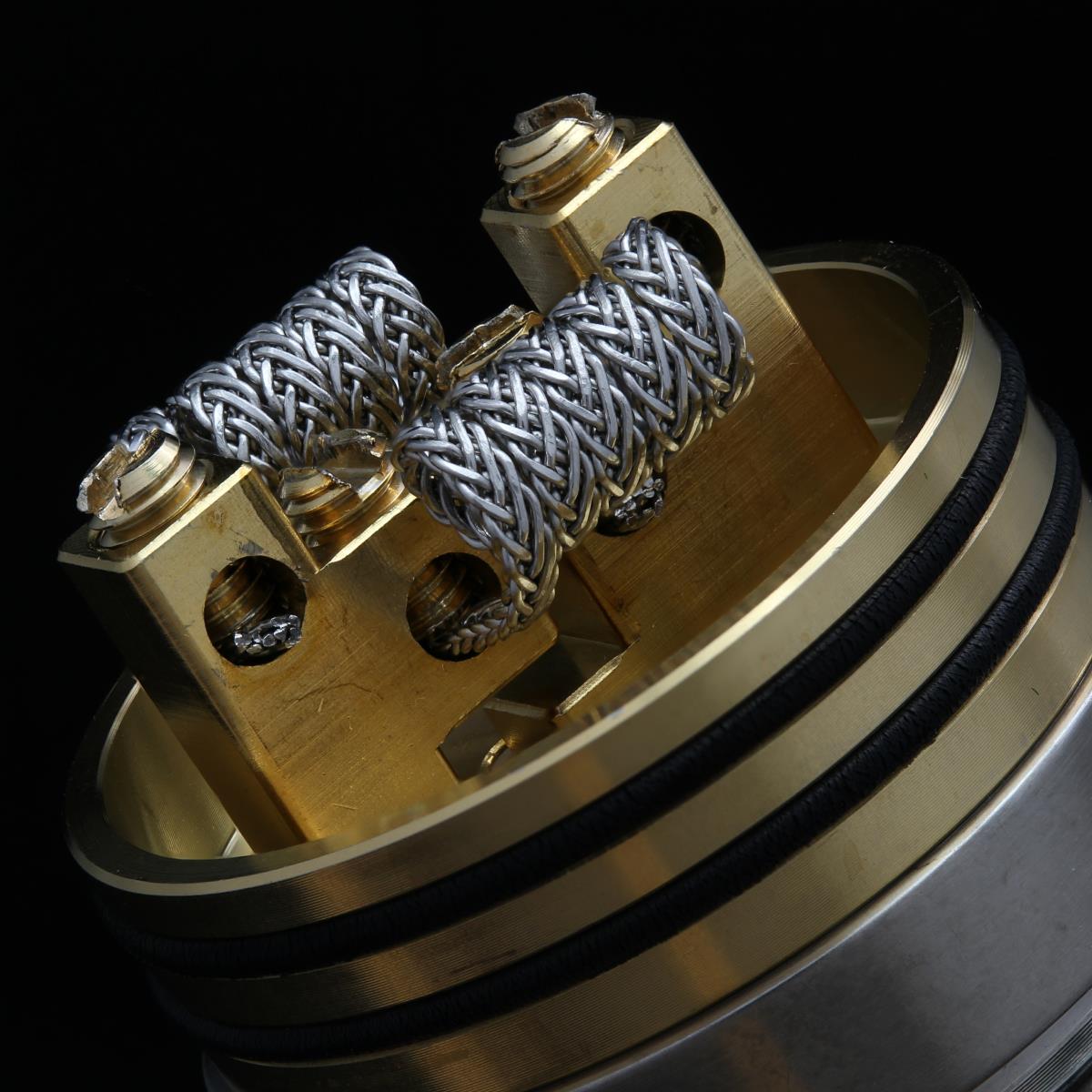
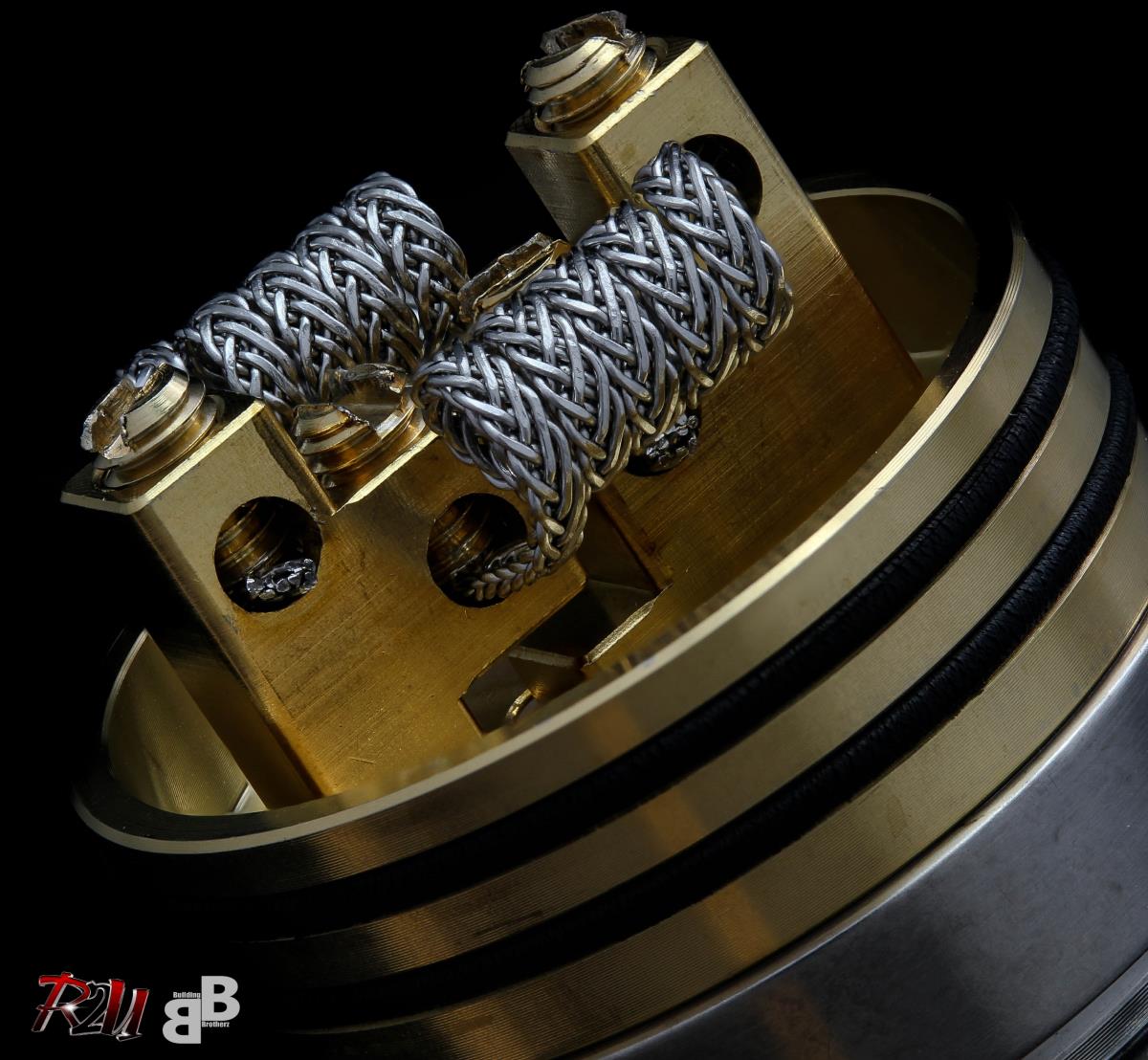
 ill try to do a writeup/screenshots specifically for photoshop focus stacking in relation to coil porn.
ill try to do a writeup/screenshots specifically for photoshop focus stacking in relation to coil porn.